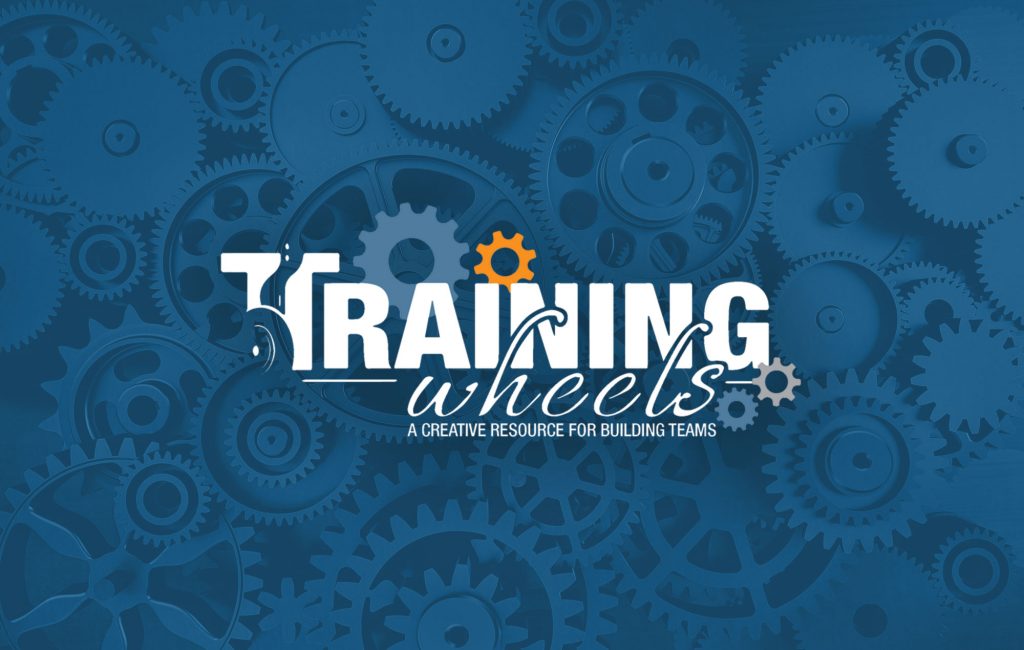
Facilitator Tip: What – So What – Now What?
Processing helps learners make connections between their educational experiences and real life, as well as future learning. It helps them recognize their skills and strengths by naming them. By recognizing and naming the skills and strengths used in an experience, they become more cognizant of their inner resources that can be used in future life situations. The practice of reflection itself is one of the most useful human skills in that it develops insight, one of the hardest and most important tools to teach and learn. Experiential activities followed by processing help people develop insight skills. Processing helps create purpose, meaning, and focus of an activity and helps learners take advantage of teachable moments.
Experiential Learning Cycle
(based on the work of David Kolb and others)
As individuals participate in an experiential activity, they should ask themselves these questions: What? So What? Now What? The reflection process begins with a defining and sharing of the “What” of the participants’s experience, and follows a continuous cycle towards “So What?” and “Now What?”
What? Report the facts and events of an experience, objectively.
So What? Analyze the experience.
Now What? Consider the future impact of the experience on you and others.
One of the most basic models of our work, the Experiential Learning Cycle (Kolb, et al), proposes that after an Experience comes Reflection, followed by Analysis of the experience, which leads to Application of the new information learned. The complete cycle is required for learning to take place. Unfortunately, some trainers and facilitators interrupt the model after the activity segment, and then are surprised when their participants fail to retain the information presented.
There are several processing tools on the market that help facilitators build this skill. The Chiji Processing Dice activity was one of the first tools on the market that taught this skill. The Debriefing Thumball and Debriefing Wheelies are two tools I designed to help facilitators ask debriefing questions in a proper sequence. This sequence makes sense to participants and can also shift some of the responsibility for successful processing from the facilitator to the participants. The sequence of What – So What – Now What not only takes participants through a progression for processing a specific event, but also allows participants to own the process without the aid of the facilitator.
What are some of your favorite tools that promote the What – So What – Now What process?
Enjoy!
Have fun out there,
Michelle Cummings
Owner/Trainer/Big Wheel
Training Wheels
www.training-wheels.com

Founder / Facilitator / Big Wheel of Training Wheels